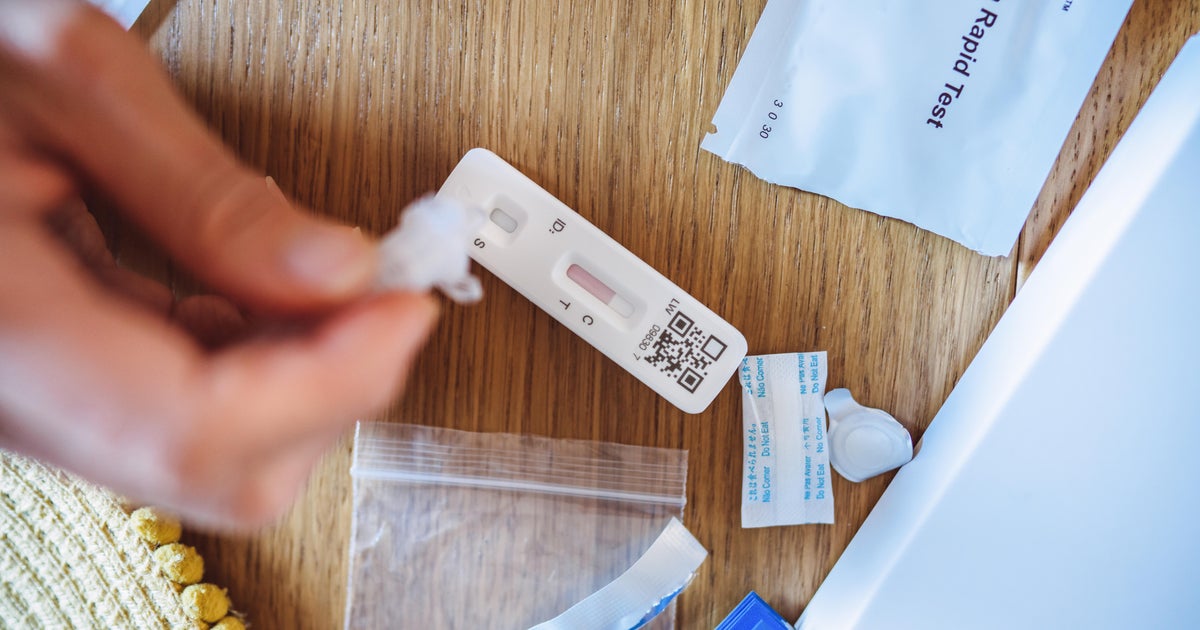[ad_1]
Mexico City is home to nearly 22 million people. But for months, the sprawling city has been suffering from diminishing water supplies — and now, one of the world’s most populated cities is on the verge of a “day zero” where it will no longer have enough water to provide residents.
Citing the Water Basin Organization of the Valley of Mexico, local outlet La Razón de México reported last week that officials fear this “day zero” — when the Cutzamala System will no longer have enough water for residents — could come on June 26 and last until September. Locals are already struggling to have enough water, with many going “days, if not weeks, without running water in their houses,” CBS News contributor Enrique Acevedo said.
“There’s been water scarcity, water management, in the city that we haven’t seen in at least a decade,” he said. “Gyms here in Mexico City and other public parks had to start limiting the number of guests they have taking showers and using their facilities because a lot of people were taking advantage of their memberships to use water at those facilities.”
Local resident Juan Ortega told Reuters in January that among the rules implemented to try and conserve water is “cars are no longer washed.”
“The garden, the grass, is never watered, only the plants so that they don’t die,” he said. “We are going to start reusing water from washing machines for watering.”
TOYA SARNO JORDAN / Getty Images
Arturo Gracia, who runs a coffee shop in the area, said that his business has to pay for a water truck to supply water to toilets and other essentials.
“It’s affecting us a lot,” he said. “And I don’t think it’s just us. This is happening in several neighborhoods.”
These issues have been exacerbated as Mexico City battled high temperatures last week. Mexico City’s water system SACMEX said on Feb. 27 that temperatures were recorded as high as nearly 85 degrees Fahrenheit. This week, temperatures are expected to reach nearly 90 degrees Fahrenheit with minimal cloud coverage, according to The Weather Channel.
It’s an “unprecedented situation,” Rafael Carmona, director of SACMEX, told Reuters, with a lack of rain being a major factor. Rainfall in the region has decreased over the past four to five years, he said, leading to low storage in local dams. A lack of overall water in the supply systems, combined with the high population, created “something that we had not experienced during this administration, nor in previous administrations,” he said.
Most of Mexico is experiencing some form of drought, with many areas experiencing the highest levels of “extreme” and “exceptional,” according to the country’s drought monitor. In October, 75% of the country was experiencing drought, the Associated Press reported, while the country’s rainy season doesn’t start until around May.
/ Getty Images
On top of the drought, Acevedo said that “poor water management” has also been a major contributor to the problem.
“We’ve had a lot of underwater leaks. … Some figures say up to 40% of the water that’s been wasted in the city comes from underground leaks. There’s also some residential leaks,” he said.
Several leaks were reported by SACMEX at the beginning of February, which the supplier said it was working to correct. Many of those leaks were “caused by variations in the pressures of the hydraulic network,” SACMEX said.
Not everyone, however, believes “day zero” will come so soon. Mexico’s President Andrés Manuel López Obrador said the government will be able to increase the water supply enough to avoid such an event this year, La Razón de México reported. Other researchers believe it’s something that could happen in the years ahead.
“It’s not that we have a day zero coming up,” Acevedo said, “but certainly we haven’t seen things be as bad as they are right now in a while.”
Protecting the Planet: Climate Change News & Features
More
More
[ad_2]
Source link























